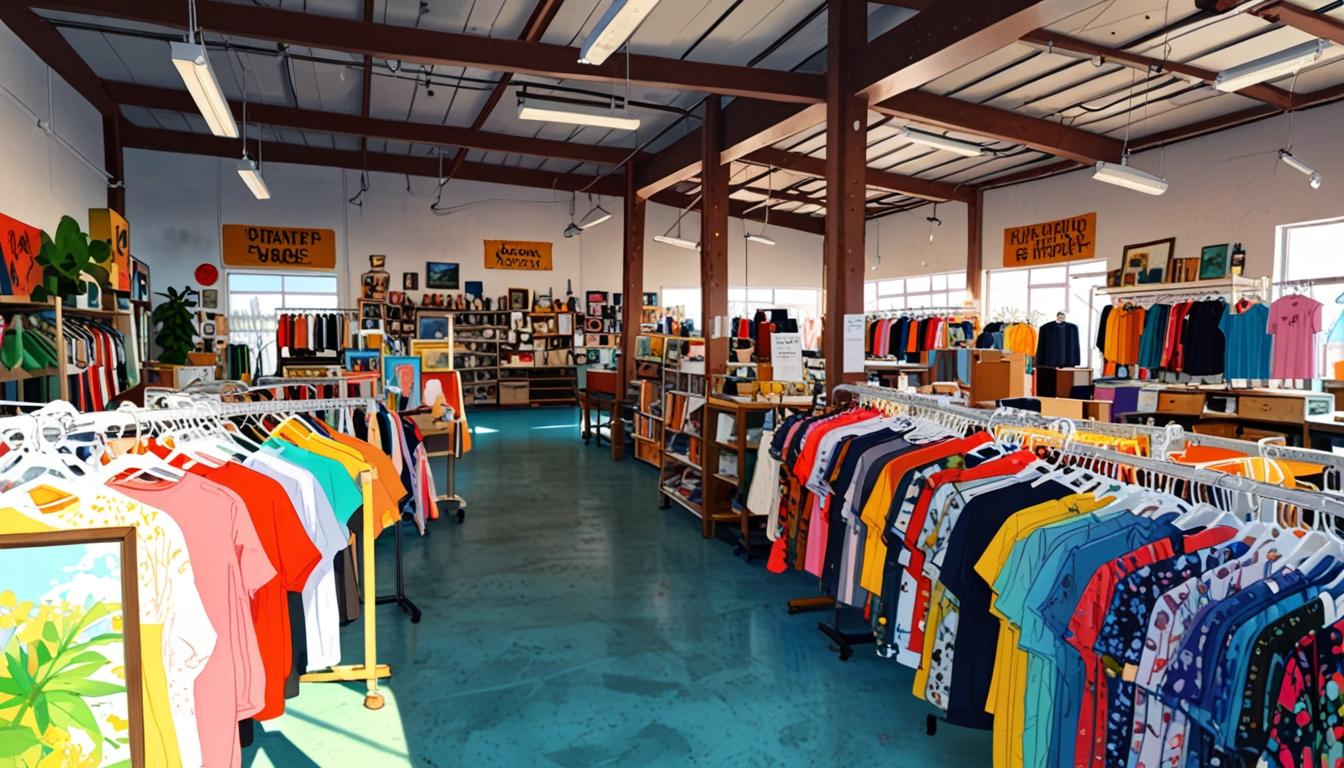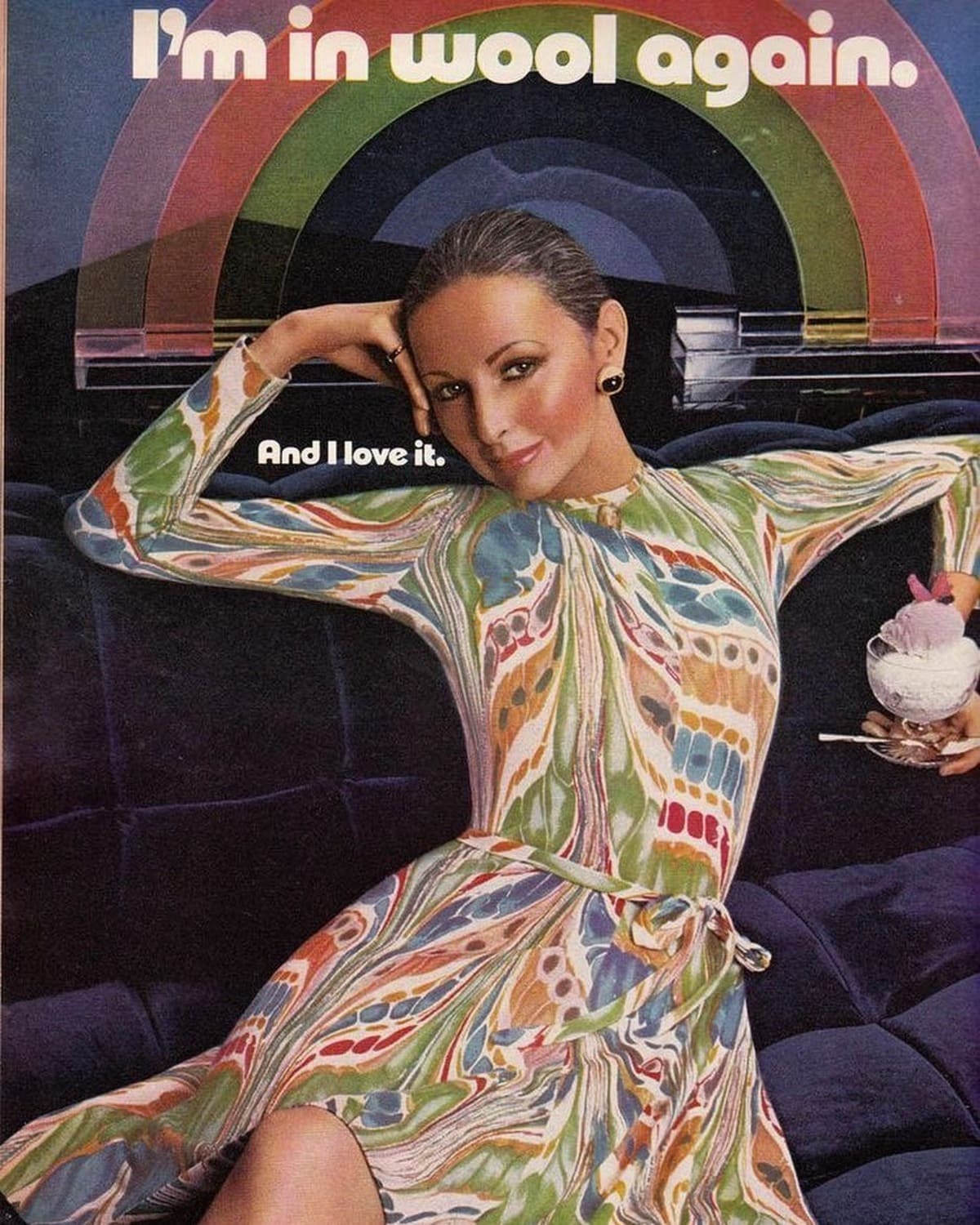Celebrated tailor Andrew Ramroop leads a collective of designers in showcasing innovative garments made from recycled materials, emphasizing sustainability as a key economic opportunity.
In an event celebrating World Fashion Recycling Day, celebrated tailor Andrew Ramroop and a collective of Trinidadian designers showcased innovative garments made predominantly from recycled materials. The event took place on March 20 at Glenside Gardens in Tunapuna, attracting attention to the sustainable fashion movement within Trinidad and Tobago.
Andrew Ramroop, a respected figure in the fashion community and holder of the Order of the British Empire and the Chaconia Medal Gold, highlighted the potential of sustainable fashion as a significant foreign exchange earner for the country. He emphasized that the conversation surrounding global fashion has increasingly shifted towards sustainability, environmental consciousness, and carbon footprints.
“The global fashion conversation is now on sustainability, carbon footprints, and protecting the environment for future generations,” Ramroop stated in an interview following the presentation. He noted that although the fashion industry is often criticized for its wastefulness, many designers in Trinidad and Tobago have informally engaged in sustainable practices for quite some time.
During the event, a range of designers showcased unique creations, including pieces from Zadd and Eastman, Sheldon Warner, Paul Drakes, and The Cloth. Ramroop shared a personal anecdote, recalling moments when he crafted garments from unconventional materials like pillowcases. “Here in TT, sustainability has been our language but our silent language, so to speak. But now we are making an impact on the world’s stage,” he noted.
Ramroop believes that Trinidad and Tobago has the capacity to set a benchmark for sustainable fashion globally. He articulated the idea that waste should be seen as a resource rather than refuse, saying, “Waste is not waste until we waste it.” He reported substantial economic success from his sustainable clothing line, generating approximately $3 million, with 90% of sales occurring internationally.
He suggested that there are broader economic opportunities that can arise from the sustainable fashion industry. By tapping into markets beyond local borders, he indicated that foreign revenue could significantly benefit Trinidad and Tobago’s economy. “We have to look far and wide… the world is an open door,” he asserted.
During the event, Ramroop also pointed out that everyday items like school uniforms could be manufactured in a more sustainable manner. He explained that many raw materials are imported, and proposed a shift towards sourcing recycled materials locally to decrease import reliance and cost.
Lisa Marie Daniel, the fashion manager of the Trinidad and Tobago Trade and Investment Promotion Agency, articulated the growing movement among local designers who are increasingly integrating sustainability into their work. “They are using scraps from their couture clothing… to produce fusion lines that are very beautiful, trendy and clientele locally and internationally are buying into it,” she remarked.
Daniel estimated that around 60% of Trinidad’s designers are creating sustainable wear, contributing positively to the economy. She reinforced a paradigm focused on quality over quantity in the local fashion industry, where designers opt for premium, lasting garments rather than disposable fashion.
The event featured descriptions of the showcased pieces by creative director and production designer Richard Young, who emphasized the urgent need for the fashion industry to pivot towards a model of redoing, reusing, recycling, and upcycling practices to mitigate pollution. He addressed the current challenges of the industry and underscored the significant impact of local and global commitment to sustainable practices.
Attendees included former Tunapuna MP Esmond Forde, highlighting the event’s community engagement aspect. The show’s opener, Jerome “Rome” Precilla, donned a piece crafted from discarded linen strips designed by Ramroop, showcasing the innovative spirit of the collection.
Overall, the event illustrated a vibrant movement within Trinidad’s fashion industry, focusing on sustainable practices that not only contribute to environmental preservation but could also pave the way for economic growth and international engagement.
Source: Noah Wire Services




